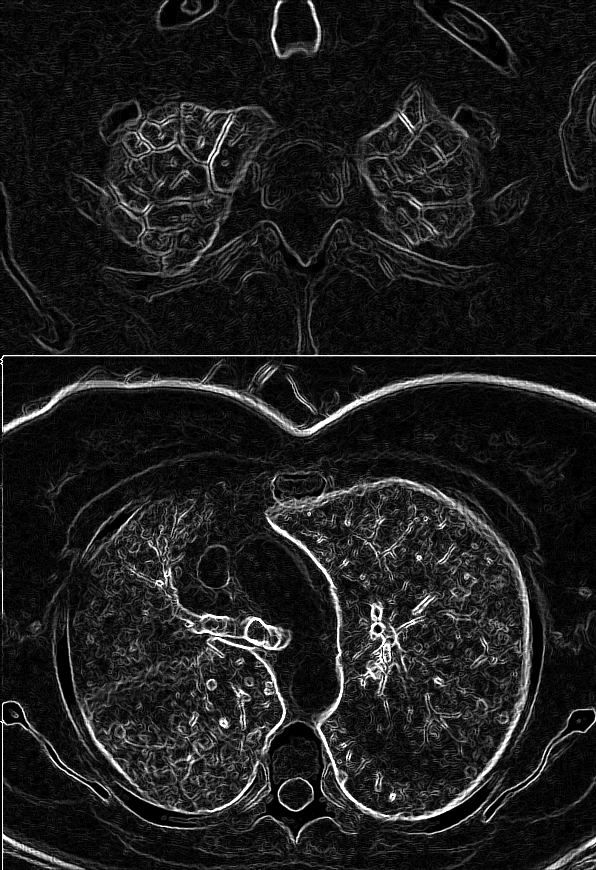After completion of this self-directed learning module on Imaging of Interstitial vs Airspace Disease, students will be able to:
- List descriptors for lung abnormalities on chest radiography that are associated with interstitial vs airspace disease, and recognize them on imaging
- Identify distributions of disease for interstitial and airspace disease that can be useful in differentiating the following disorders: common community-acquired pneumonia, atypical pneumonias, interstitial fibrosis, interstitial edema
- Recognize findings and significance of the following on CT: honeycombing, ground glass opacity, air-trapping, and list any special technical issues that assist in detection of these findings.
- List imaging features that can help in diagnosing the following conditions: scleroderma, silicosis, hypersensitivity pneumonia, COVID, TB, and indicate one online resource that can help with selection of appropriate imaging for pulmonary disease.
